Reviews:
No comments
Related manuals for RBMPRO 2000

NEAX2400 ICS
Brand: NEC Pages: 29
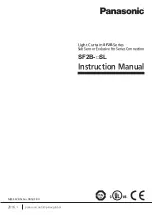
SF2B Series
Brand: Panasonic Pages: 30
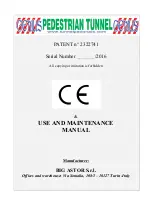
Genius
Brand: Facsimile Pages: 16

IV
Brand: Handler Pages: 25

2001
Brand: Wahl Pages: 47

DELTA 2
Brand: DB Industries Pages: 60

K5
Brand: vc999 Pages: 55

3700 Series
Brand: Salsbury Industries Pages: 4

TFT
Brand: jcb Pages: 41
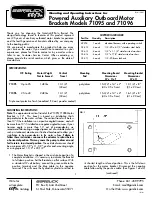
71095
Brand: Garelick Pages: 4

BQ 900
Brand: Haag-Streit Pages: 18

IM 900
Brand: Haag-Streit Pages: 20

PT-55
Brand: V-TEK Pages: 2

PT-55
Brand: V-TEK Pages: 112

Cosmo
Brand: tayco Pages: 111
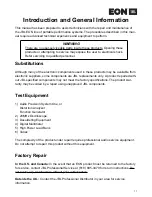
EON15
Brand: JBL Pages: 38

FALCON
Brand: JBSYSTEMS Light Pages: 32
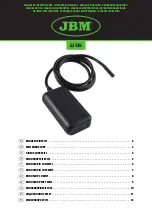
53724
Brand: JBM Pages: 12

















